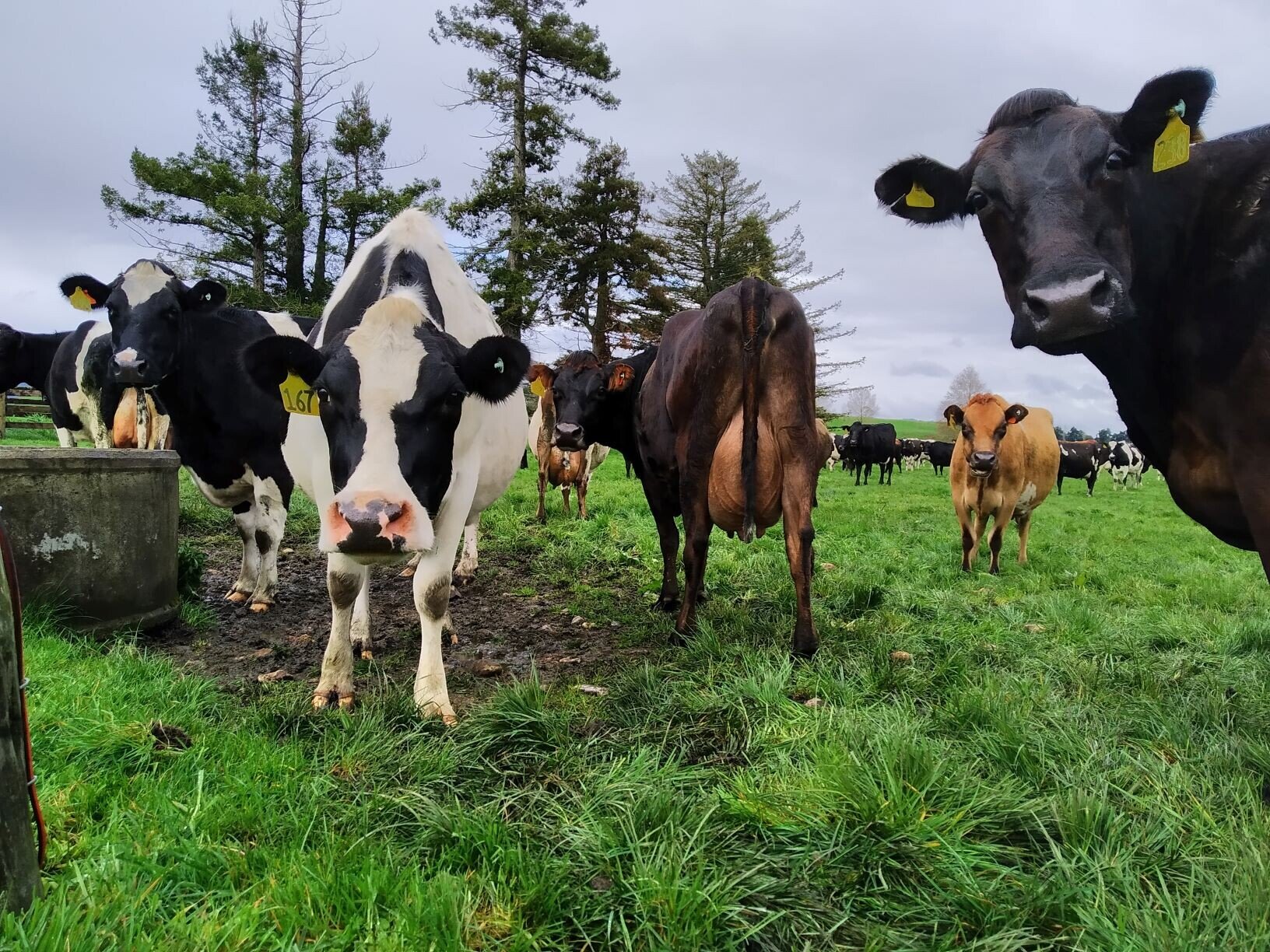Many farms in the Waikato suffer an excess in manganese, this tends to look as though the pasture has been burnt and many farmers put it down to frost burn, however, it is generally in patches and often these do not align with where one would expect frost to be heaviest and can often be where breeze would generally be expected to inhibit frost. It shows most clearly in late winter and spring.
We are currently doing trial work with zeolite on a farm with very high manganese that for the past 25 years has made farming this land severely challenging. We split a paddock into three portions and on one portion used zeolite and on one used biochar while the center strip was the control. The zeolite went onto the worst steepest and least fertile part of the paddock and 6 months later, it is almost visible where it joins with the control area. There is significantly improved growth with the burn being much less evident.
The biochar area, after 3 years, showed visible drought tolerance, with the pasture noticeably remaining green and growing in this area, long after the zeoloite and control areas had stopped growing and dried off. Therefore, we can presume that biochar ideally applied with nitrogen to maintain a carbon to nitrogen balance, will improve the drought resistance of pastures and our testing shows a reduction in the manganese levels over time.
Zeolite versus Biochar to lower availability of excesses
July 27, 2020

